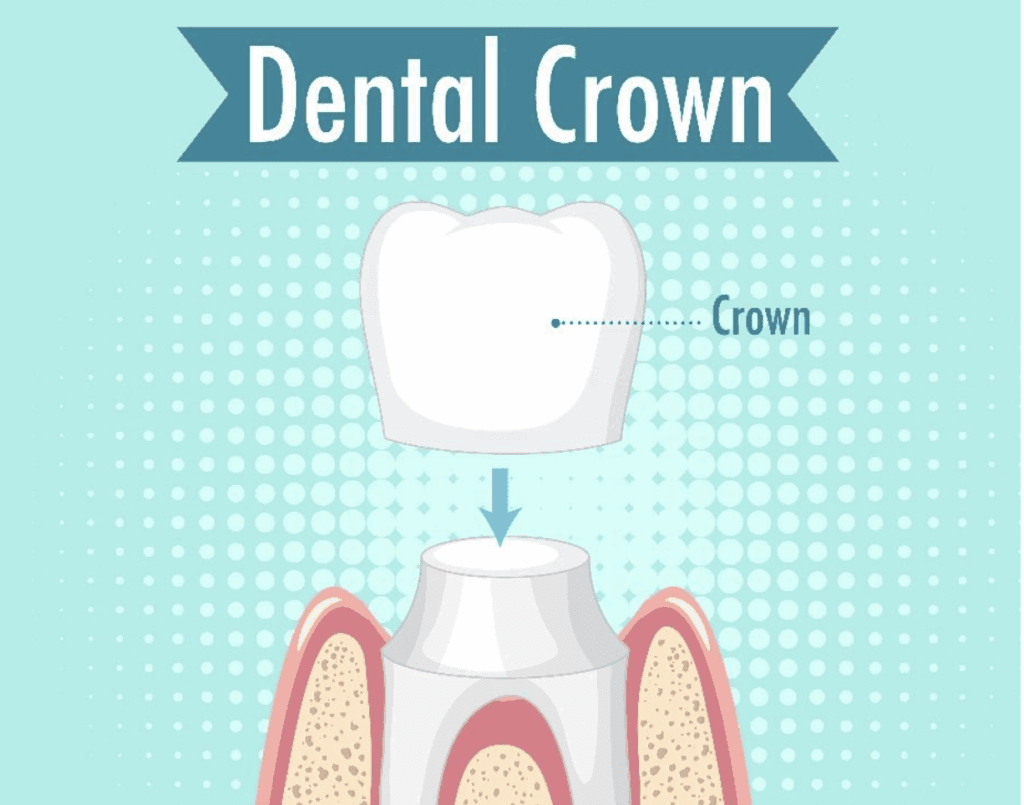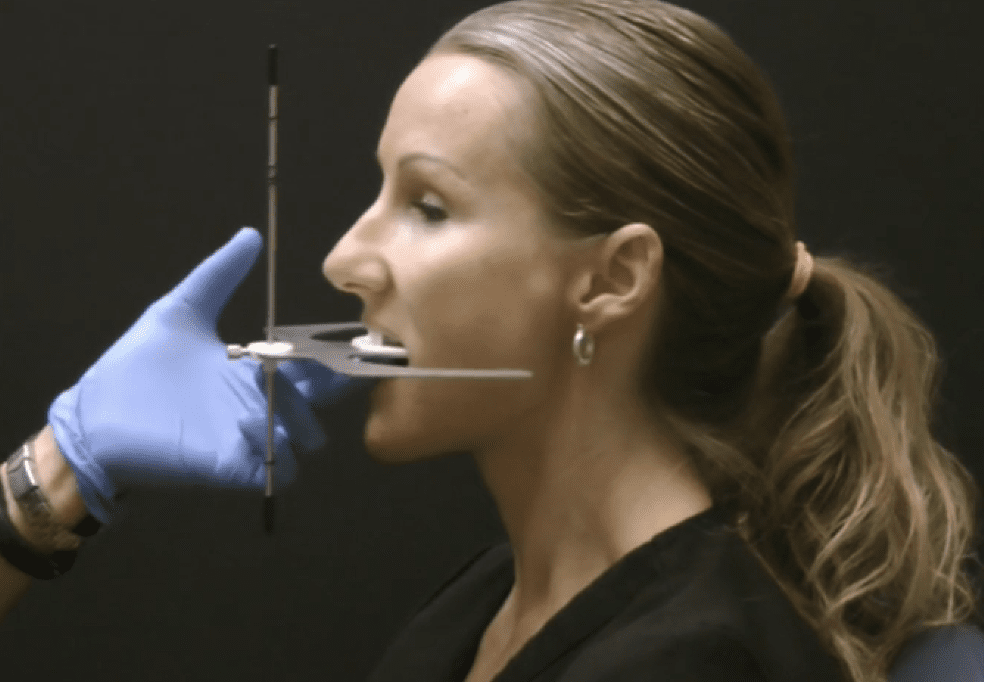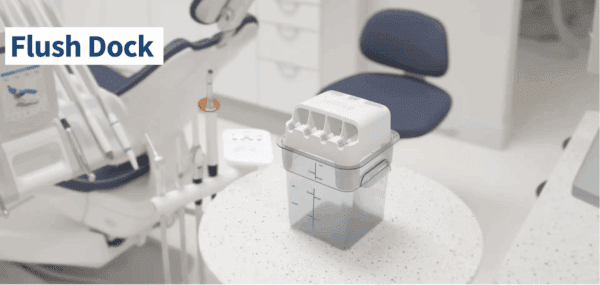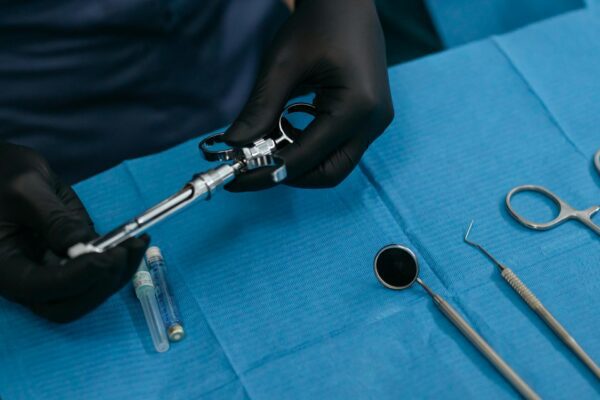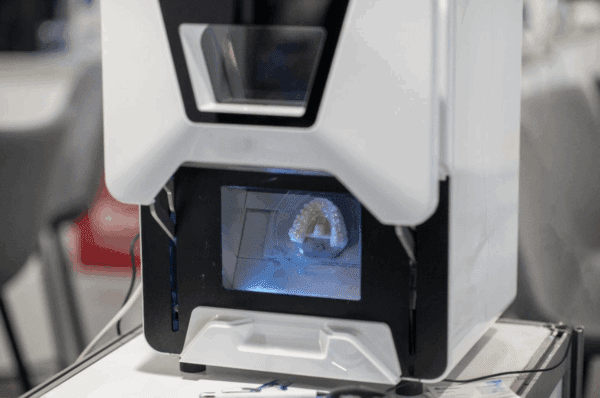![]()
Dr. Lee Ann Brady lives in Phoenix, Arizona with her husband Kelly and three children Sarah, Jenna and Kyle. She owns Desert Sun Smiles Dental Care, a private restorative practice in Glendale, Arizona. Outside of her private practice, Dr. Brady is the Director of Education for The Pankey Institute, recognized for hands-on education programs focused on occlusion and restorative dentistry. She is the founder and lead curator of Restorative Nation, a supportive learning community for dentists.
Removing Dental Cement Inside A Zirconia And Lithium Disilicate Crown
By: Lee Ann Brady, DMDThis Topic Originally Appeared on PankeyGram.Org. Dr. Brady granted permission for igniteDDS to…
Composite Warmers: Why and How to Effectively Use Them
By: Lee Ann BradyThis Topic Originally Appeared on PankeyGram.Org. Dr. Brady granted permission for igniteDDS to share…
Mastering Panadent Dento-Facial Analyzer Technique
By: Lee Ann Brady DMDTopic Originally Appeared on PankeyGram.Org. Dr. Brady granted permission for igniteDDS to share…
Hybrid Dentures: When Their Lifespan Runs Out
By: Lee Ann Brady DMDThis topic originally appeared on Pankey.org. Dr. Brady granted permission for igniteDDS to…
Efficiency of Chlorhexidine Varnish for Tissue Management
By: Lee Ann Brady DMDTopic originally appeared on PankeyGram.org. Dr. Brady granted permission for igniteDDS to share…
Restoring Undersized & Peg Laterals: No Tooth Prep Needed
By: Lee Ann Brady DMDTopic originally appeared on PankeyGram.Org, Dr. Brady granted permission for igniteDDS to share…
Medications that Interfere with Accurate Endodontic Diagnosis
By: Lee Ann Brady DMDTopic Originally Appeared on PankeyGram.Org. Dr. Brady granted permission for igniteDDS to share…
Simple Tip For Cementation of Crowns on Implant Abutments
By: Lee Ann Brady, DMDThis Topic Originally Appeared on PankeyGram.Org. Dr. Brady granted permission for igniteDDS to…
Careful Prescription of Medications for Geriatric Patients
By: Lee Ann Brady, DMD This topic originally appeared on PankeyGram.Org. Dr. Brady granted permission for igniteDDS to…
4 Main Reasons I Always Use Desensitizers Before Tooth Prep
By: Lee Ann Brady DMDTopic Originally Appeared on PankeyGram.Org. Dr. Brady granted permission for igniteDDS to share…
Holiday Stress in the Dental Office: How to Support Your Team Emotionally and Operationally
By: Dr. Sable Muntean The holiday season can be a magical time, but inside a dental practice, it often brings a perfect storm of stress. Packed schedules, patients rushing to use the last of their benefits, year-end financial pressure, and personal holiday demands all collide. It’s no surprise that December can leave even the strongest…
When Time Is Tight: Fast, Smarter Waterline Safety
By: A-dec A complementary solution best paired with an A-dec 500 Pro or 300 Pro system, A-dec® Flush Dock is an easy-to-use, portable, and hands-free solution that ensures consistent waterline protocols are maintained, while offering more efficient operatory turnover. Dentistry is that rare profession where being busy takes on two forms. First, patients are eyeing…
How Dental Practices Can WIN December Instead of Surviving It
By: Dawn Patrick, Business Strategy Coach, IgniteDDS December can feel like the ultimate scramble. Patients rushing to use insurance, team members juggling time off, and a push to hit year-end goals. But the most successful dental practices don’t just get through December. They leverage it, to finish strong, increase treatment acceptance, and prepare the schedule so…
Early Intervention in Pediatric Dentistry for Better Sleep and Growth
By: Mark T. Murphy, DDSThis topic originally appeared on PankeyGram.org. Dr. Murphy granted permission for igniteDDS to share with our readers. Sleep is the foundation of a child’s health and development, yet many children struggle with undiagnosed sleep disorders. One of the most overlooked conditions is pediatric sleep apnea, a disorder that can have serious consequences…
The Practice Profitability Playbook: Part 2
Part 2: Financial Control — Show Me the Money in Your Dental Practice By: Dawn Patrick, Business Strategy Coach, IgniteDDS Money makes a practice run, but too often, practices struggle to collect what they earn. Without strong financial control, even busy offices can leave revenue on the table. Financial Control is the system that ensures…
Did Your Dental Assistant Give You Expired Anesthetic Again?
If So, Here’s What We Need to Do By: Ronda Holman There’s nothing that sinks a dentist’s stomach faster than spotting an expired anesthetic carpule during a procedure. It’s frustrating, embarrassing, and it instantly breaks the flow of the appointment. But when expired anesthetic shows up repeatedly, it’s rarely because your dental assistant is careless;…
Endo Made Simple Part 1: Caries, Locating Canals, & Initial Access
By: Michael Eid Before you can shape and clean, you have to get the tooth ready, find the canals, and remove the pulp. Here’s a step-by-step guide for students. Step 1: Remove Caries & Build a Safe Access 🦷 High-Yield Tip: Always think “containment”. Your irrigant must stay inside the chamber. Isolation is the key…
What We’re Really Thankful For: A Note to the Dental Community
By: Dr. Sable Muntean As we head into Thanksgiving week, we wanted to pause and offer something simple, but genuine: Thank you. Not in a passing, casual way, but from a place of true understanding of what this profession asks of you every single day. To the Dentists You are leaders, healers, problem-solvers, and steady…
Fee Negotiation Myths That Keep Dentists Underpaid
By: Angela Holland, Founder of Preferred Dental SolutionsInsurance Expert and Strategy Consultant for Dental PracticesPreferredDentalSolutions.com There’s a long-standing myth in dentistry that PPO fees are fixed. That’s what you’re paid and it’s what you’re stuck with. Let me be clear: that’s simply not true. Every week, we help dental practices negotiate substantial increases, sometimes 20%,…
Digital Dentistry Workflow: Superior Esthetics and Functionality
By: John C. Cranham, DDS This article originally appeared on PankeyGram.Org. Dr. Cranham granted permission for igniteDDS to share with our readers. Managing complex esthetic and functional dental cases requires precision, efficiency, and a thorough understanding of occlusion. Traditional analog workflows have served dentistry well, but digital workflows now allow for greater accuracy, predictability, and efficiency….

